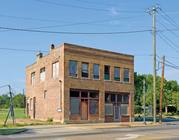 Click image to enlarge.
Click image to enlarge.
 Click image to enlarge. Click image to enlarge. In a city that drew the eyes of the world for its aggressive defense of segregation, the Windham Construction Company Office Building is a remarkable reminder of successful African American businesses that fl ourished in the “separate-butequal” society imagined by Plessy v. Ferguson. The Windham Office Building was home to Windham Brothers Construction Company, a major black construction firm that erected some of the most significant buildings in Birmingham’s black communities. Wallace Rayfield, the second formally educated African American architect to practice his profession in the United States, designed the building. Though listed on the National Register of Historic Places, the structure is unoccupied and consistently threatened by vandalism and other crimes.
1 Comment
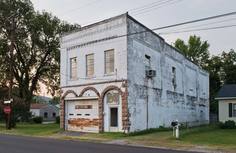 Click image to enlarge. Click image to enlarge. Nestled in a green valley surrounded by the peaks of the Appalachian mountains, the town of Gurley grew up around a water and coaling station that served the Memphis and Charleston Railroad. Even though the National Register of Historic Places listed the town in 2003, one of its structures remains in danger. 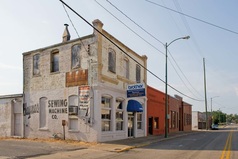 Click image to enlarge. Click image to enlarge. Shown is Gurnee Avenue in Downtown Anniston. Historic resources, dating from Anniston’s heyday as the “Model City of the New South” through its turbulent civil rights era, are threatened by a proposed federal courthouse project and the construction of a new criminal justice center for the city. One location in particular—the site of the May 14, 1961, attack on a busload of Freedom Riders—is in imminent danger of destruction due to the construction project. 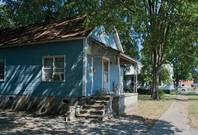 Click image to enlarge. Click image to enlarge. Associated with one of Alabama’s most significant early twentieth-century textile operations, Mignon, the Avondale mill village in Sylacauga, now represents the demise of this once-great industry. Founded in 1897, Avondale chose Braxton Bragg Comer, a successful businessman and future governor of Alabama, to be its president, and the company became known for its progressive labor policies. 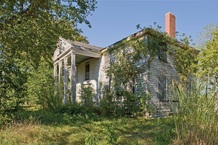 Click image to enlarge. Click image to enlarge. Sitting on a hill overlooking the old Prairieville to Greensboro Road, Bermuda Hill is a product of an era when ambitious men believed the road to riches ran through fluffy white rows of cotton. The house sits upon land originally owned by the prominent Manning family, but in 1845 William W. Manning sold the tract of land to William Weeden of Madison County. Th e home was built around this time, though records do not indicate whether Manning or Weeden built Bermuda Hill. |
Alabama's Endangered Historic LandmarksEach year since 1994, Alabama Heritage has highlighted threatened historic sites throughout Alabama. The “Places in Peril” list has identified more than 215 imperiled historic resources throughout the state, and is compiled by the Alabama Historical Commission and the Alabama Trust for Historic Preservation. The locations highlight the results of deferred maintenance, perceived obsolescence, development pressures, and lack of funding—forces that now more than ever threaten our cultural legacy. But awareness is a powerful force, too, and can cultivate a renewed determination to be responsible stewards of our heritage. For more information, visit the AHC or the ATHP websites. Alabama Heritage is proud to bring to you a selection of the places designated as perilous. Please keep your comments to information relevant to the featured place in peril. Alabama Heritage reserves the right to delete any comment that we deem inappropriate. Archives
May 2024
|
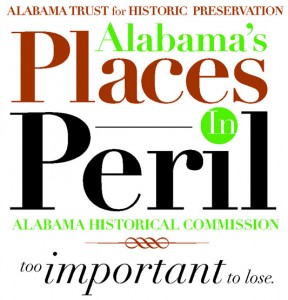
 RSS Feed
RSS Feed